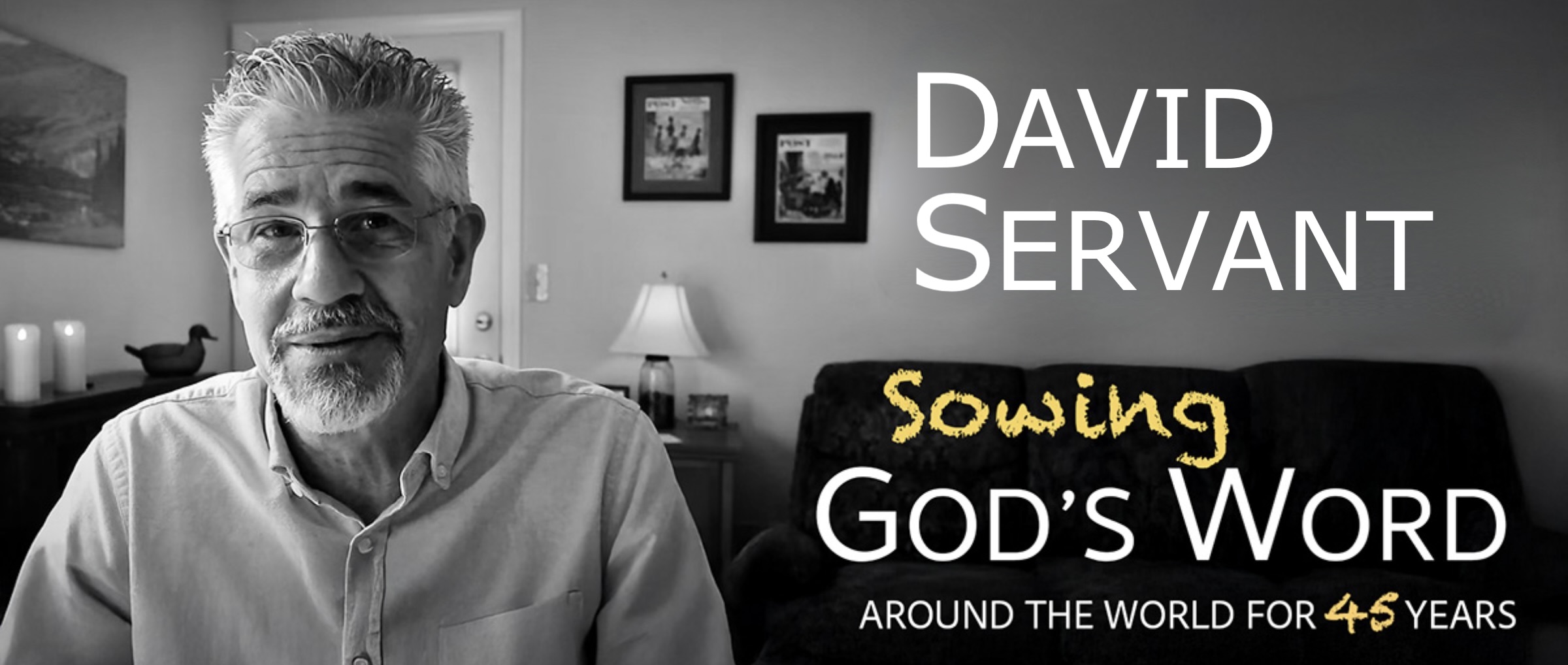
This chapter has provided more fodder for speculation than perhaps any other in the Bible! What or whom does the great harlot represent? The final verse of this chapter identifies her as “the great city, which reigns over the kings of the earth” (17:18). So, she is a politically-significant, globally-dominant city, at least in her time.
John tells us that she has a mysterious name written on her forehead that reads, “Babylon the great, the mother of harlots and of the abominations of the earth” (17:5). So she is clearly associated with the Babylon of which we’ve already read in earlier chapters. Babylon is also mentioned in Revelation as being a “great city” in 16:19; 18:10, 16, 18-19, 21. For this reason, many consider the great harlot to be one and the same with Babylon.
The name across her forehead also reveals that she will possess unsurpassed evil influence around the world. John writes that she will commit acts of immorality with the earth’s kings (17:2). So she will have a harlot-like relationship with world leaders (17:2), perhaps meaning that she performs her wicked services for their pleasure and pay. John also writes that the world will be “made drunk with the wine of her immorality” (17:2), indicating that she will seduce them to love her.
If the beast she rides is the same beast that was introduced in chapter 13 (it also possessed seven heads and ten horns; see 13:1), it would indicate that she has very close ties to the antichrist and his empire. Moreover, she is also very wealthy, “adorned with gold and precious stones and pearls” (17:4). Most significantly, John sees her as “drunk with the blood of the saints” (17:6). The great harlot is a “martyr-making machine.”
Protestants often identify her as representing the city of Rome, seat of the Roman Catholic Church—a church which abandoned her first love and is thus guilty of spiritual adultery, possesses great wealth and world-wide political influence, is rooted in pagan Babylonian customs, has led multitudes astray by means of unbiblical doctrines, and which has been responsible for the martyrdom of millions of Christ’s followers through the centuries. Historically, Rome has been known as “the city of seven hills,” and we note that in John’s vision, she is seen sitting on the seven heads of the beast, which are explained to him as being seven mountains and seven kings (17:9-10). Yet I think we should leave room for the possibility of another city arising to prominence in the future that may better fit Revelation’s description of the great harlot.
We read near the end of today’s chapter that the antichrist and his political allies will ultimately turn against the great harlot, strip her of her wealth and destroy her, unwittingly executing God’s purpose upon her (17:16-17). The reason for their hatred, however, is not explained.
The beast that the harlot rides possesses ten horns, which are explained to John as being ten kings who give their power and authority to the beast for “one hour” (17:12). Those ten horns may well correspond to the ten toes on the famous statue that Babylonian king Nebuchadnezzar once saw in a dream that held end-times significance (Dan. 2:31-45), and they may also correspond to the ten horns on the indescribable beast which Daniel once saw in a vision that depicted the antichrist’s empire (Dan. 7:7, 20-24).
The seven heads of the beast also represent seven kings, of which John is told that “five have fallen, one is, the other has not yet come; and when he comes, he must remain a little while” (17:10). I’ve read scores of speculations in an equal number of commentaries, but none satisfy me.
I’m so glad that the most important thing for us to understand is quite clear: the antichrist and his allies are definitely doomed for destruction, and Jesus will defeat their armies at His coming (17:14). I suspect that all the other details which have been the subject of speculation for so long will become more clear as they occur.


